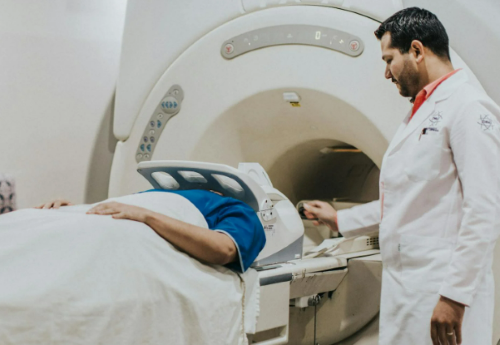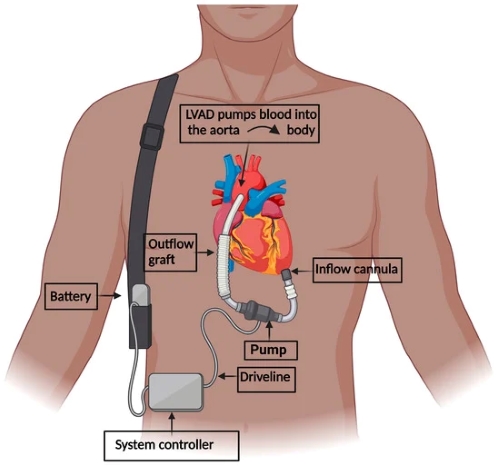Innovative Uses of Rare Earth Magnets in Medical Devices
Introduction
In medical technology, the quest for more advanced, efficient, and compact devices continually drives innovation. Rare earth magnets, particularly those made from elements like neodymium and samarium, are playing a crucial role in this advancement. Known for their powerful magnetic properties, these magnets have become key components in various medical devices, enhancing functionality and enabling new medical treatments and diagnostics. This article explores several innovative applications of rare earth magnets in the medical field, highlighting their transformative impact.
Magnetic Resonance Imaging (MRI)
One of the most prominent uses of rare earth magnets is in Magnetic Resonance Imaging (MRI) machines. MRI is a critical diagnostic tool in modern medicine, providing clear and detailed images of organs and tissues. The core of an MRI machine is its powerful magnet, typically made from neodymium. This magnet creates a strong magnetic field necessary to align the spin of hydrogen protons in the body. When these protons are subjected to radio waves, they produce signals that are converted into images. The strength of rare earth magnets allows for faster and more accurate imaging, leading to quicker diagnoses without the need for invasive procedures.

Implantable Devices
Rare earth magnets are increasingly used in various implantable devices, such as pacemakers, cochlear implants, and ventricular assist devices (VADs). In pacemakers, these magnets help to maintain the timing mechanism that controls heartbeats, ensuring consistent performance. Cochlear implants use magnets to hold external transmitting components in place and to facilitate the direct transmission of sound vibrations to the inner ear. Similarly, in VADs, which support heart function, rare earth magnets are used to drive the blood pumps efficiently and reliably, significantly enhancing the life quality of patients with severe heart conditions.
 [1]
[1]
Drug Delivery Systems
The development of magnetically controlled drug delivery systems marks another innovative application of rare earth magnets. These systems use miniature devices equipped with neodymium magnets to deliver drugs to targeted areas within the body. The magnetic field can be externally controlled to release the drug at specific sites and times, improving the efficacy of treatments and minimizing side effects. This targeted approach is particularly beneficial for treating localized cancers, where precise dosing can significantly affect the outcome.
Surgical Instruments and Retention Systems
Rare earth magnets are also transforming surgical tools and operating environments. Magnetic surgical instruments, which can be easily retrieved and held in place using magnetic trays or surfaces, improve operational efficiency and safety. Magnets embedded in these tools ensure they adhere to metallic surfaces without the need for physical clamps, reducing clutter and simplifying the management of surgical tools during procedures.
Additionally, rare earth magnets are utilized in orthopedics to create magnetic prostheses that provide greater comfort and mobility. Magnetic attachments in prosthetic limbs allow for easier and more secure connections, giving patients enhanced stability and usability.
Challenges and Future Perspectives
Despite their numerous benefits, the use of rare earth magnets in medical devices is not without challenges. The cost of these materials and concerns over the supply chain—given that rare earth elements are primarily sourced from geopolitically sensitive areas—pose significant risks. Additionally, the potential for magnetic interference with other medical devices requires careful consideration and design to avoid adverse effects.
Nevertheless, ongoing research and development continue to push the boundaries of how rare earth magnets can be used in medical technology. Innovations in magnet fabrication and recycling are likely to reduce costs and alleviate supply concerns, further broadening the applications of these powerful materials in medicine.
Conclusion
Rare earth magnets pushed medical device innovations in diagnostics, treatment, and patient care. As technology continues to evolve, the potential for new applications seems limitless, promising more sophisticated, efficient, and patient-friendly medical devices. This ongoing integration of rare earth magnets is not just enhancing current medical practices but is also paving the way for future medical breakthroughs. For more information, please check Stanford Magnets.
Reference:
[1] Alnsasra, H.; Khalil, F.; Kanneganti Perue, R.; Azab, A.N. Depression among Patients with an Implanted Left Ventricular Assist Device: Uncovering Pathophysiological Mechanisms and Implications for Patient Care. Int. J. Mol. Sci. 2023, 24, 11270. https://doi.org/10.3390/ijms241411270